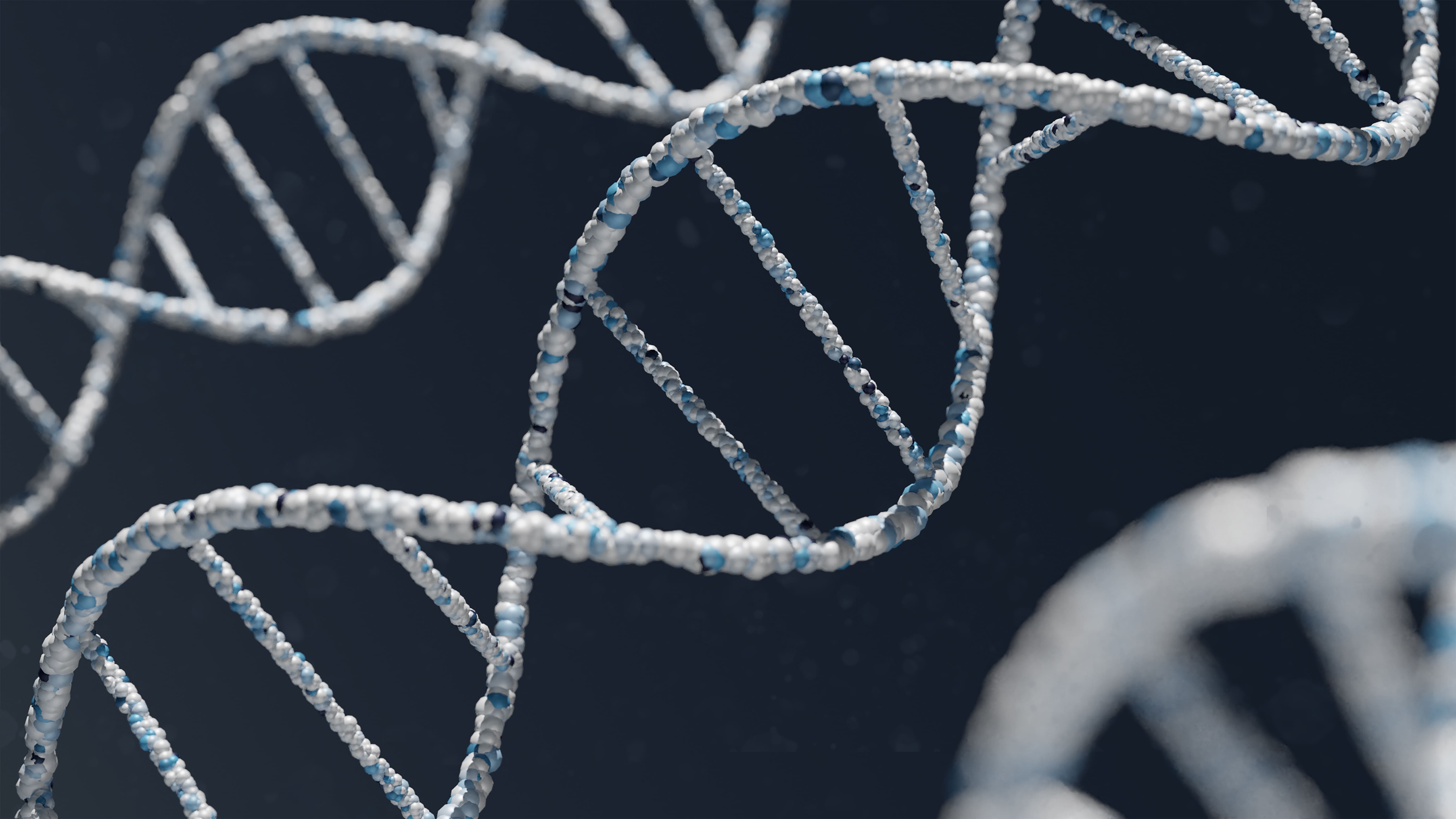My name is Tom Hutchison, and I am the volunteer administrator of the Grau Surname Project. I am a descendant of Rev. Jacob B. Graw. His parents, Georg Jakob Grau and Louisa Carolina Wolf immigrated to the United States in 1828 from Baden, Germany. I have been researching this and other Grau families since 2001. I started this project in December of 2008 after much success combining traditional genealogy with genetic genealogy in my other family lines. There is no cost to join this project; it is open to anyone from anywhere in the world who has DNA tested with any company or is planning to do so.
Surnames included The Grau DNA Project
Grau, Grauel, Grauer, Graul, Grauman, Graupera, Graupmann, Graus, Grausbard, Graustark and Graw
If you do not see your surname variant spelling, ask, and we will add it.
Grau DNA Project Background
This DNA Project is seeking GRAUs from everywhere in the world. The project will help determine members with a common male ancestor through Y-DNA analysis of the participants and conventional genealogical research. To participate, all you need is a living male GRAU relative willing to provide a simple, painless cheek-rubbing sample.
Learning About Ancestry & DNA Testing
To help make it easily understandable for those who don't hold a medical degree or Ph.D. in some science that uses DNA testing. This test is used SPECIFICALLY and ONLY for ancestry and genealogical research, with your privacy always protected. The DNA test will only test the male "Y" chromosome, so only males can be tested. Although this project would like to be able to include females, females have "X" chromosomes. Any female Genealogists interested in using Genetic Genealogy to research their GRAU family will need to ask a male relative of their GRAU line to be a donor.
The "Y" chromosome is passed down from father to son, and so on. Y-DNA marker information is passed virtually unaltered throughout the lines of male descendants. Since the yDNA is more or less(simplified) like the rungs of a ladder, when there are common male ancestors of those who join the project, this test will show not only the common yDNA markers but will also provide information on how many generations back two individuals share a common ancestor. This will aid the researcher in determining if different families are related and provide a means for those members to connect.



